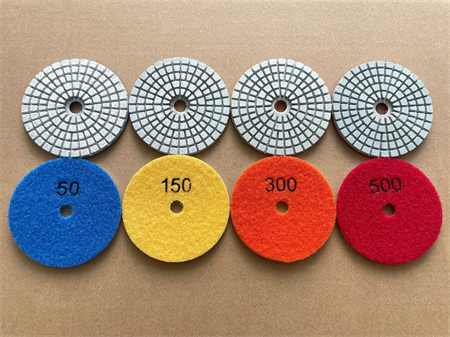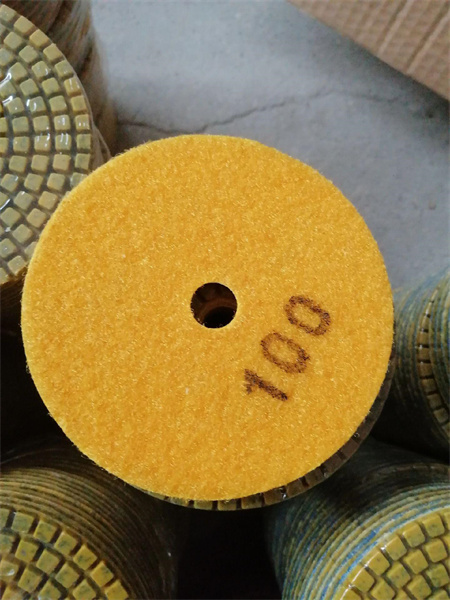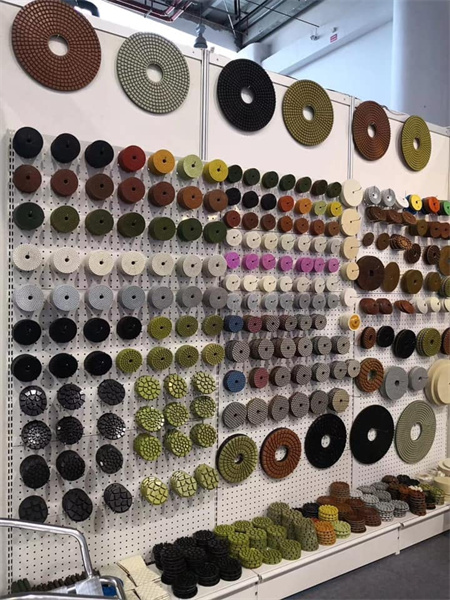How Contractors Save Time and Cost with Multi-Grit Pads

Efficiency at Its Best
One of the biggest challenges for contractors is the need to switch between different grit levels to handle various stages of a project. Traditional sanding pads or discs often require multiple changes as a project progresses from heavy surface preparation to fine finishing. With multi-grit pads, this process is streamlined.
By offering several grits on a single pad, contractors can perform a range of tasks without the hassle of constantly swapping out pads. These pads often feature an engineered transition between grits, allowing workers to move from coarse sanding to finer finishing in one smooth motion. This results in fewer interruptions, faster work cycles, and an overall increase in productivity.
Think of it: a contractor can start with the coarse grit to remove heavy imperfections or old finishes, then effortlessly move to medium or fine grits to refine the surface. All without losing time looking for or changing out different pads. This means less downtime, less frustration, and more work done.
Cost Savings Add Up
When managing a project, staying within budget is critical. Traditional sanding methods can involve purchasing multiple types of pads for different stages of the job. Each pad may wear out quickly depending on the surface, leading to more frequent replacements and higher overall costs.
Multi-grit pads solve this problem. Their versatility means fewer pad changes are necessary, reducing the frequency of replacements. Contractors can also buy a smaller variety of pads, as each multi-grit pad covers several needs in one go. When multiplied across a job site, these savings can make a noticeable difference in the final budget.
Moreover, because these pads are designed to be durable and efficient, they often last longer than their single-grit counterparts. The quality of the pad typically means fewer defects or issues with the finish, which translates to reduced rework and additional costs. With fewer materials needed and less waste produced, contractors find themselves saving money without sacrificing the quality of their work.
Improved Finish Quality
The consistent, even coverage provided by multi-grit pads ensures that contractors achieve smoother, more professional results with less effort. Since these pads are designed to deliver different finishes in a single pass, there’s less risk of uneven sanding or over-sanding in specific areas. This is especially important when working with delicate surfaces, such as drywall or wood, where imperfections can be obvious and time-consuming to correct.
For example, when refinishing wood floors, multi-grit pads allow for the gradual and even sanding needed to create a flawless finish. The gradual transition between grits ensures that there’s no “gap” in the sanding process that could lead to visible marks or uneven surfaces. The result? A smoother, more polished finish that satisfies clients and reduces the need for touch-ups or corrections.
Better Tool Performance
Multi-grit pads don’t just save time and money—they also improve the performance of the tools used. Whether it’s a hand sander, a random orbital sander, or a floor buffer, these pads often integrate seamlessly with the tool. The even wear across the pad’s surface helps prevent jams or clogs that can occur when a contractor uses multiple single-grit pads. This not only reduces the likelihood of tool malfunction but also ensures that the pad works effectively for longer periods of time.
When contractors use high-quality multi-grit pads that are compatible with their equipment, the entire system becomes more efficient. The tools run smoother, and the work process becomes more predictable, making it easier to meet deadlines and handle larger workloads without compromising on quality.
A Smart Choice for Contractors
Ultimately, multi-grit pads are a smart investment for any contractor who values efficiency, quality, and cost-effectiveness. Whether you’re working on a renovation, new construction, or finishing work, these pads offer a flexible solution that allows contractors to do more with less. By consolidating several steps into one pad and streamlining the sanding process, contractors are able to cut down on time, reduce material costs, and produce higher-quality results.

